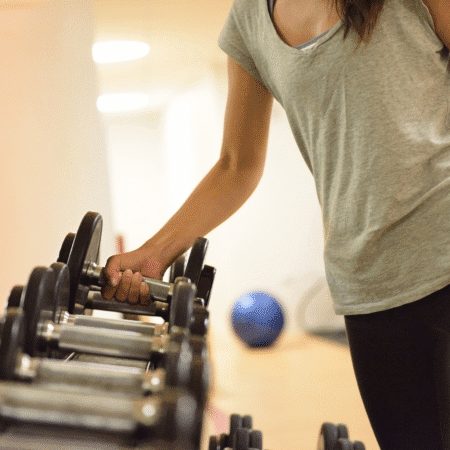Strength Training for Runners: Building Power Without Bulking Up
Why Strength Training Matters for Runners
Many runners focus solely on mileage, forgetting that strength training can be a game-changer.
By building muscle strength, you can:
-
Improve running economy
-
Reduce injury risk
-
Increase sprint power and endurance
-
Maintain proper form during long runs
And here’s the good news: you can get stronger without adding unwanted bulk.
How to Build Power Without Bulking
The key is focusing on:
-
Lower reps, higher power – explosive but controlled movements
-
Bodyweight and functional exercises – targeting running-specific muscles
-
Balanced training – incorporating both upper and lower body
Avoid heavy hypertrophy protocols (like bodybuilding splits) that aim for maximum muscle size. Instead, opt for strength and power-oriented routines.
Best Strength Exercises for Runners
1. Single-Leg Squats (Pistol Squats)
-
Why: Improves balance, hip stability, and quad/glute strength — crucial for each stride.
-
How: Stand on one leg, extend the other forward, and squat down slowly.
-
Tip: Start with assisted versions before going full pistol.
2. Deadlifts (Romanian or Single-Leg)
-
Why: Strengthens hamstrings, glutes, and lower back for powerful push-offs.
-
How: Keep your back flat, hinge at the hips, and lift with control.
3. Step-Ups
-
Why: Mimics running’s forward motion, improving leg drive and endurance.
-
How: Step onto a bench or box, driving through your front heel.
4. Planks and Side Planks
-
Why: A strong core keeps your form intact, even when fatigued.
-
How: Maintain a straight line from head to heels, engaging your core.
5. Lunges (Forward and Reverse)
-
Why: Improves stride length, balance, and joint stability.
-
How: Step forward or backward into a lunge, keeping your torso upright.
Weekly Strength Training Plan for Runners
You only need 2–3 sessions per week to see results:
-
Day 1: Lower body focus (Squats, Deadlifts, Step-Ups)
-
Day 2: Core + upper body (Planks, Push-Ups, Rows)
-
Day 3 (optional): Mixed functional training with light plyometrics
Keep each session 30–45 minutes to avoid overtraining and compromising running mileage.
Tips to Avoid Bulking
-
Use moderate weights and focus on speed of movement rather than maximum load.
-
Keep reps low (6–10) and sets moderate (2–3).
-
Maintain your regular running schedule to encourage lean muscle adaptation.
-
Prioritize recovery and nutrition — eat enough protein to repair muscles but avoid excessive surplus calories.
Final Thoughts
Incorporating strength training into your running routine helps you run faster, longer, and with fewer injuries — without the fear of bulking up. Focus on functional, running-specific exercises and you’ll see noticeable improvements in performance and resilience.








